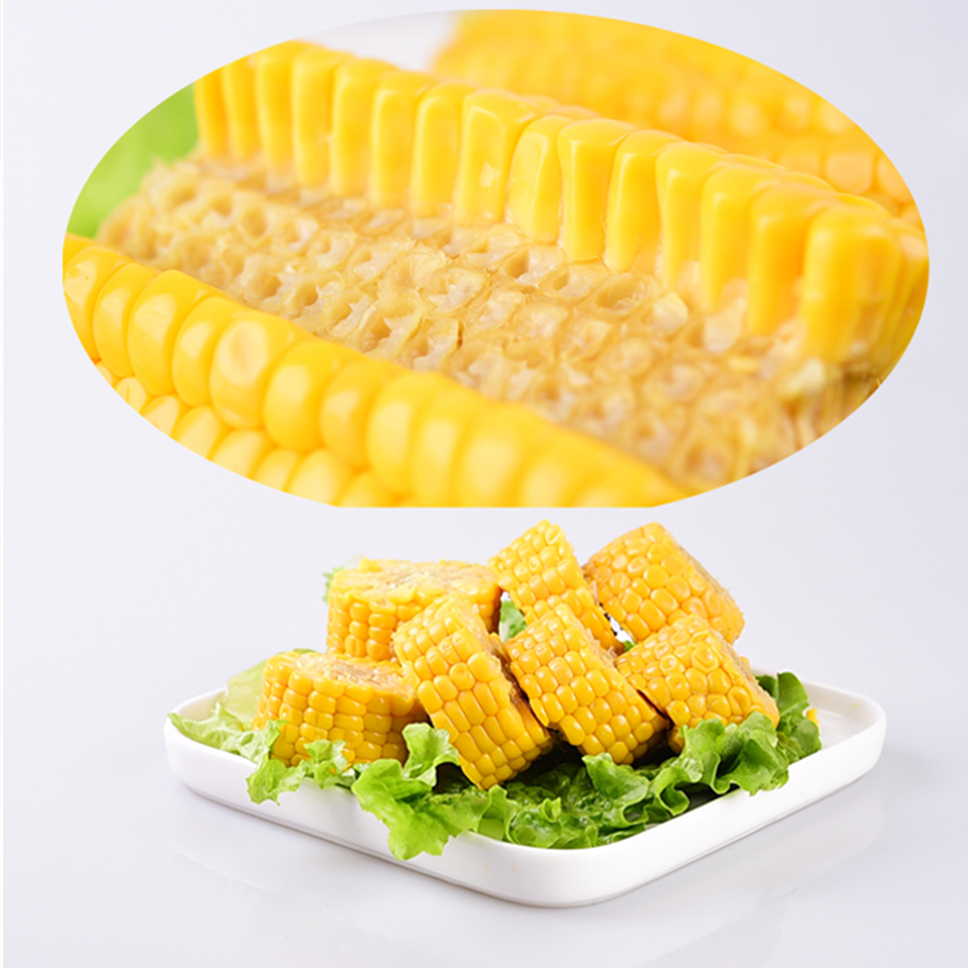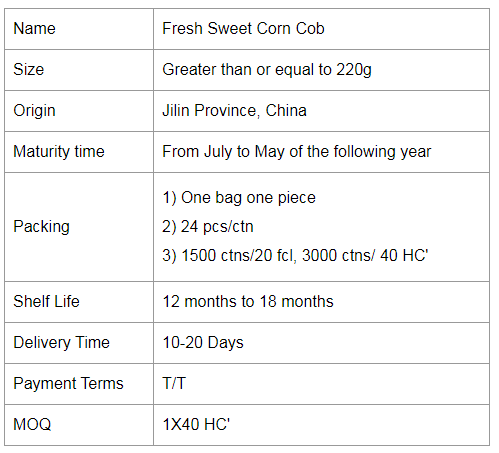Reserve goose refers to geese that are ready for use as a seed until after the age of 70 days until the egg is laid or before breeding.
The young geese in the growing period began to moult around the age of 80 days, and the moults ended after 30 days to 40 days. The young geese at this time are still in the stage of growth and development, and should not be fed prematurely. According to the pasture's grass quality, the level of feed nutrition should be gradually reduced so that the young geese can be fully developed.
After controlling the second moult of the reserve goose, the goose should be supplied with enough feed to begin laying eggs after 50 days to 60 days. At this time, the physical development of geese is far from fully mature. Individuals in the group often have phenomena such as irregular growth and development and inconsistent opening dates. Therefore, control breeding measures should be adopted to regulate the opening period of the gosling so that the geese can enter the laying period more neatly and consistently. Male goose began to have sexual behavior after the second moult, in order to make male geese fully mature, from the age of 120 days, male and female geese should be reared in groups.
During the control period of raising, feed nutrition levels should be gradually reduced. The number of daily feeds should be changed from 3 times to 2 times. Try to extend the grazing time and gradually reduce the amount of feed each time. In the control of the rearing period, the average daily feed intake of female geese is generally reduced by 50%-60% compared to the growth phase. The feed can be filled with more bulk material to exercise the goose's digestive capacity and expand the esophageal capacity. The reserve geese grazing in a good grassland can feed or feed less concentrate. Weak geese and disabled geese, etc. should be singled out in time and fed and nursed alone.
The controlled breeding geese in the recovery and feeding stage shall enter the recovery and feeding stage 30 days to 40 days before the start of production. During this period, the amount of feed should be gradually increased to allow the geese to regain their strength and to promote the development of the genital organs. The timing of supplementation is not quantified, and full-price feeds are fed.
Before the start of production, the geese should be given insect repellents and immunization work. According to the geese immunization program, timely vaccination of gosling plague, bird flu, goose paramyxovirus disease and goose egg lice vaccine.
Sweet corn. The light green outer leaves of sweet corn are yellow grains, but also purple and yellow. The grains are small and round, the skin is thin and soft, tender, sweet and delicious.Contains carotene, zeaxanthin, with the effect of eye protection.
Sweet corn is most often boiled into soups. It is a favorite soup for children and adults, whether it is made into a clear corn soup with ribs or pureed with cream.
Corn is also a good choice for consumption during weight loss because of its high available energy. The metabolic energy of corn is 14.06 MJ/kg, with the highest being 15.06 MJ/kg, the highest of the cereal feeds. This is mainly due to the fact that there is very little crude fibre in corn, only 2%, while the nitrogen-free leachate is up to 72% and the digestibility is up to 90%; on the one hand, corn has a high crude fat content, between 3.5% and 4.5%.
So how do you cook a sweet corn?
1. Leave the leaves
If you strip the leaves off, the corn will lose nutrients and flavor when it cooks, so it's best to leave two thin leaves to make it easier to cook and have a nice aroma.
2. Soak
Soak the corn in cold water for 20 to 30 minutes before boiling, then boil it on high heat to give it a bit more chew.
3. Add salt
When the water is boiling, add a little salt to amplify the sweetness of the corn.


Corn Cob,Fresh Corn Cob,Ready Sweet Corn,Single Packed Sweet Corn Cob
Jilin Province Argricultural Sister-in-law Food Co., Ltd. , https://www.nongsaocorns.com